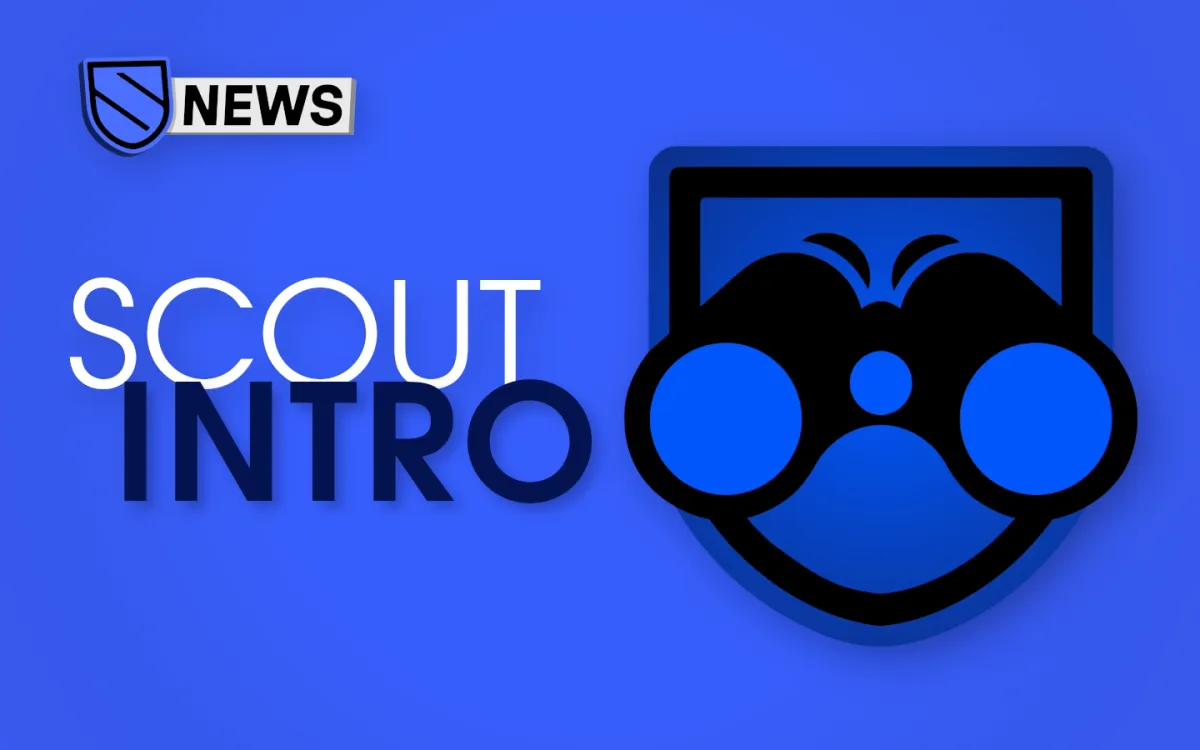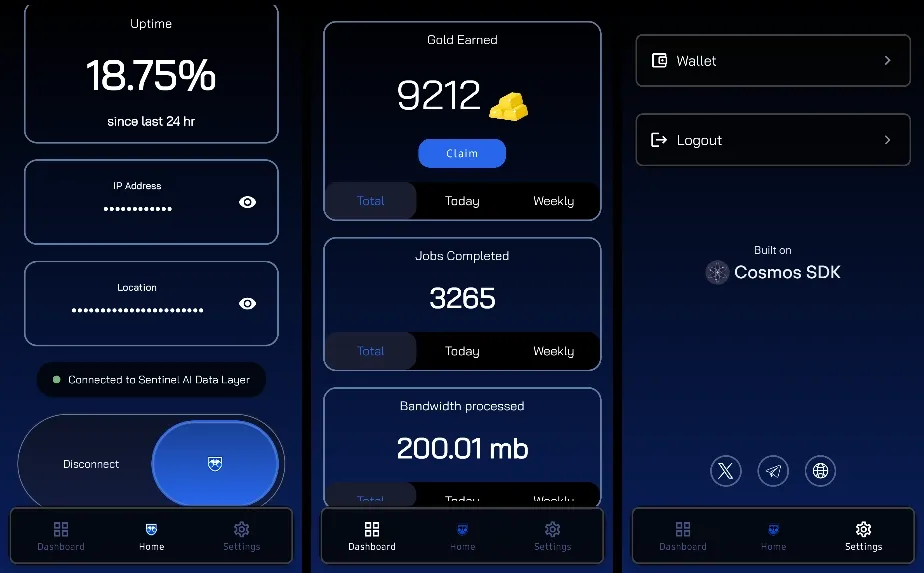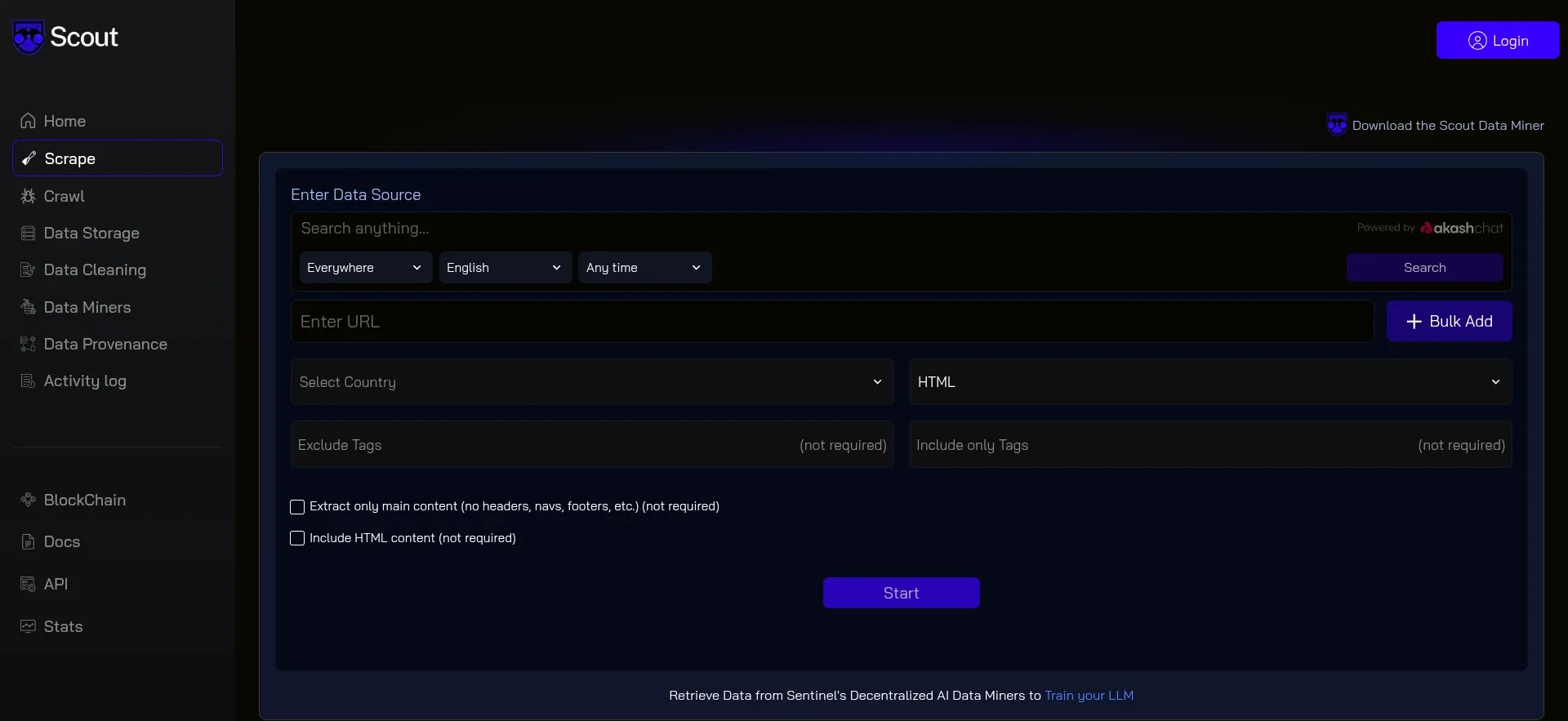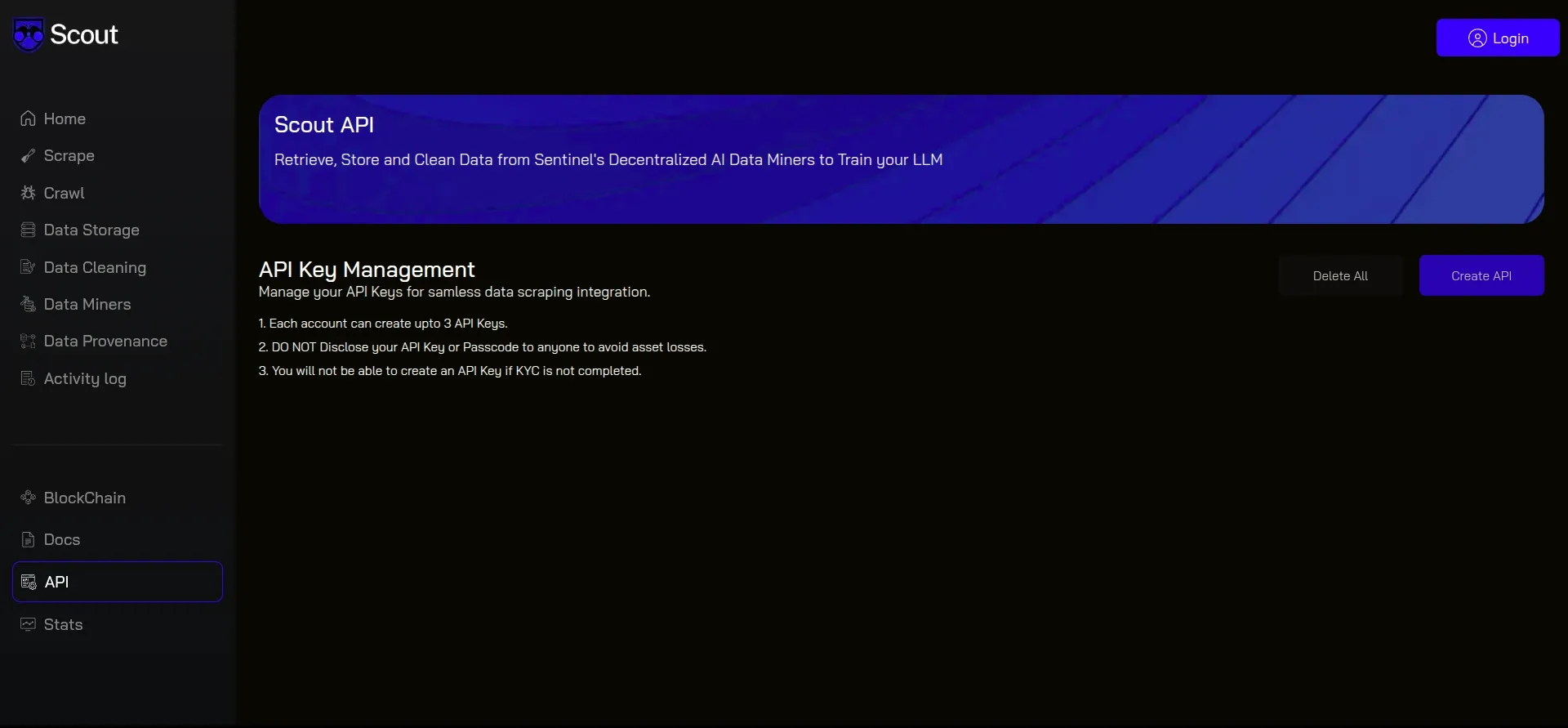Sentinel Scout - Introduction & Tester Guide
What you need to know about Sentinel's AI Data Layer, revised for 2025.

We've covered Sentinel Scout here several times before, but in this article we're going back to the basics as public testing enters its final stretch.
Our objective here is to consolidate all of the information out there to provide a straightforward introduction to Scout, so that prospective testers and curious community members can quickly learn what the protocol is and what they need to do in order to become public beta participants.
If you want to go the extra mile and recruit other testers to help out, you can link them to this all-in-one crash course until the official documentation drops. You can also share it with AI developers (or any other potential users) to provide them with an overview of the exciting new tool coming their way.
Introduction
Sentinel Scout is an AI Data Layer: A distributed network which AI models, such as large language models (LLMs) and agents, can harness to accumulate the information that they need in order to "think." In order to be useful to humans, AI has to be trained with existing data—after all, when you ask ChatGPT a question, the answer it gives has to come from somewhere.
Sentinel Scout will be the first service of its type available to everyday users, developers, and small businesses. The next closest thing (Grass) is only available to enterprise clientele.

Our previous coverage of Sentinel Scout, stretching back to July 2024.
One Chain, Two Protocols
Scout works using the same fundamental distributed node network architecture and on-chain DHT service as the Sentinel dVPN network that you're probably already familiar with. Within the dVPN protocol, the DHT (distributed hash table) lookup service is used to connect peers to Sentinel Nodes, which provide bandwidth to users for VPN connections.
Scout follows a very similar path, but uses it to perform a very different service. The AI Data Layer uses a separate network of nodes, which are hosted on smartphones across the world. The DHT service distributes work orders submitted by requesters to these "data miner" nodes, which perform data scraping tasks on specified web sources and return the data to the customer.
One important thing we should emphasize—especially if you're a user of one of Sentinel's dVPN applications—is that while Scout utilizes the same fundamentals as the dVPN network and is part of the same on-chain economy, it uses a separate node network and only targets open publicly-available data on the open web. Scout is not integrated within dVPNs, and does not scrape data from your device.
Real-Time Training
While it's perfectly possible to submit single jobs to the Scout protocol individually, the spotlight feature of Scout is that AI models can plug in to the API to train themselves in real time.
That is to say, if you ask an AI agent powered by Scout when your flight from London Heathrow is scheduled to depart this evening, it could use the Scout network to retrieve up to the minute information directly from the airline website and tell you in that very instant.
More information on real-time training (which is already available to test) is available later in this piece.
Become a Tester
Scout has been in its public beta testing phase for many months and is already totally functional—albeit with some features not fully deployed yet. The full launch of draws closer with every passing day, and Sentinel needs as many hands on board as possible to demonstrate its capabilities and iron out kinks.
There are two ways that you can become a Scout beta tester. If you're an especially dedicated Sentinel contributor, you can even do both!
Host a Miner Node
The only requirement for hosting a Sentinel Scout data mining node is an Android smartphone. That in of itself isn't a hard requirement, because many testers have been successful running the app within a desktop Android emulator. You will also need a Telegram account to access the beta APK.
If you have an old phone tucked away somewhere in your home that can be connected to WiFi, plugged into the wall, and left on, that would be the ideal device to use for a Scout node.

To begin, download the latest APK in the Sentinel AI Data Layer testing group on Telegram:
Sentinel AI Data Layer Testing • Telegram
Be sure to only download files posted by admins. Once the Sentinel Node app is installed on your device, simply open it, connect a P2P wallet, and tap Connect. The node will do the rest of the work for you.
While running the node is basically a hands-off background task, you can view statistics about your node's performance on the Dashboard page, including the total number of jobs completed and net bandwidth processed.
To maximize the number of jobs your miner is used for (and by extension your earnings) it's best to maintain a high uptime.
Rewards
As your node runs and completes jobs for the network, it accumulates "gold" (visible on the dashboard page). Once Scout fully launches, hosts will be able to redeem their gold for P2P Coins at any time.
However, the on-chain mechanism for this is not yet complete; therefore, rewards are periodically distributed by the development team manually during this beta phase. One of these distributions already occurred in January, and another will be taking place by the end of this month.
Placing Requests
The Scout dashboard on the Sentinel website is in public beta. It's live, but in a pre-launch state and not all features are available or completely polished yet. Testers are needed to submit work orders to the miner network and help the developers iron out any remaining issues.

Sentinel Scout Dashboard
Even in its beta state, this is already a powerful, convenient tool which is capable of doing exactly what its advertised to do. The features which will be introduced later, like crawling and a data provenance system, will only expand the palette available to users.
An account will be required in order to use the service. Current options for this include traditional email/password signup, importing your wallet via Keplr, or Google login. All users get 100 MB of free credits for requests every day.
To report bugs, seek assistance, or provide any other feedback on the requester dashboard, join the Telegram group linked in the previous section.
Features of the requester dashboard which are already live include:
- Scrape - Enter the parameters for a network work order. Requests can be filtered by location, language, and timeframe. Data can be returned in either HTML or JSON format. Other options, like filtering out site headers and navbars, are also configurable.
- Data Storage - Returned data can be stored on your local device. Other options, like cloud storage from Jackal, Amazon, and Google, are on the way; as well as self-hosted servers.
- Data Miner Map - A convenient visual overview of the global data miner network, including total miner count and various statistics.
- Activity Logs - View your account's previous orders and other activities on Scout.
- Scout API - Manage your API keys (up to three available per account currently). More information on their use is available in the next section.
Integrating an AI Model
The Scout API has already been live and available to use for several months. At least two working team-built prototype AI models plugged into the API are already functioning and training themselves in real-time in response to user prompts.

If you'd like to participate and/or contribute, reach out on the Scout Agent Testing Telegram group:
Sentinel AI Data Layer Testing • Telegram
Precise documentation on integrating an AI model with Sentinel Scout for real-time training is forthcoming, but the team is still seeking developers to test it. As mentioned in the previous section, all accounts receive three complementary API keys and 100 MB of free credits per day. It should be noted, however, that API access will require KYC.
Additional Notes
- The Scout node network won't always be smartphone-only. Sentinel's developers plan to eventually create unified GUI Sentinel Node desktop software which can provide bandwidth to both the dVPN network and AI Data Layer.
- Sentinel Scout will be open source, and the developers are just as dedicated to opening it to third-party development and integrations as they were with the dVPN network.
- As was mentioned in the introduction, official documentation for Scout is on the way. If you're reading this article in the future and the documentation is available, please refer to that instead.

P2P NEWS
Powered by the Sentinel Growth DAO
The community's most-trusted nexus for news coverage of the Sentinel Ecosystem and its applications, distributed infrastructure, and third-party contributors across the globe.
SUBSCRIBE
Telegram • X • Newsletter
What is Sentinel?
Sentinel is a peer-to-peer global bandwidth marketplace which powers both privacy-focused consumer products and development utilities. The most prominent of these usecases at present are decentralised VPN (dVPN) applications and data acquisition for the training of AI models.
🎓 To learn more about Sentinel, check out more of our articles, visit the project's official website, or read the documentation.










